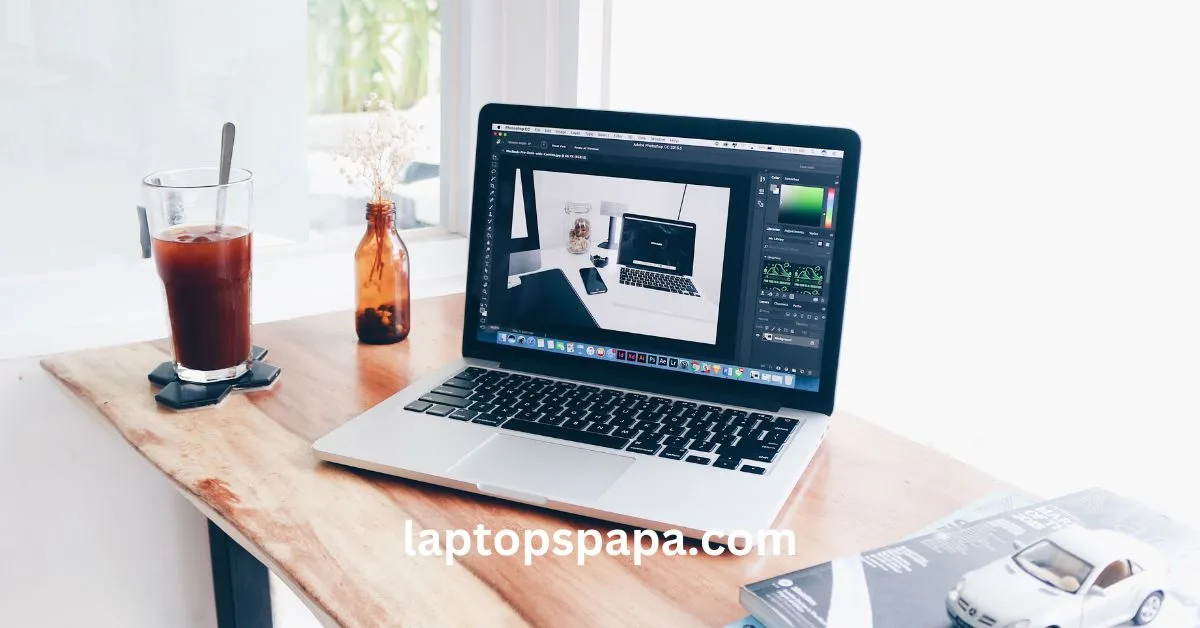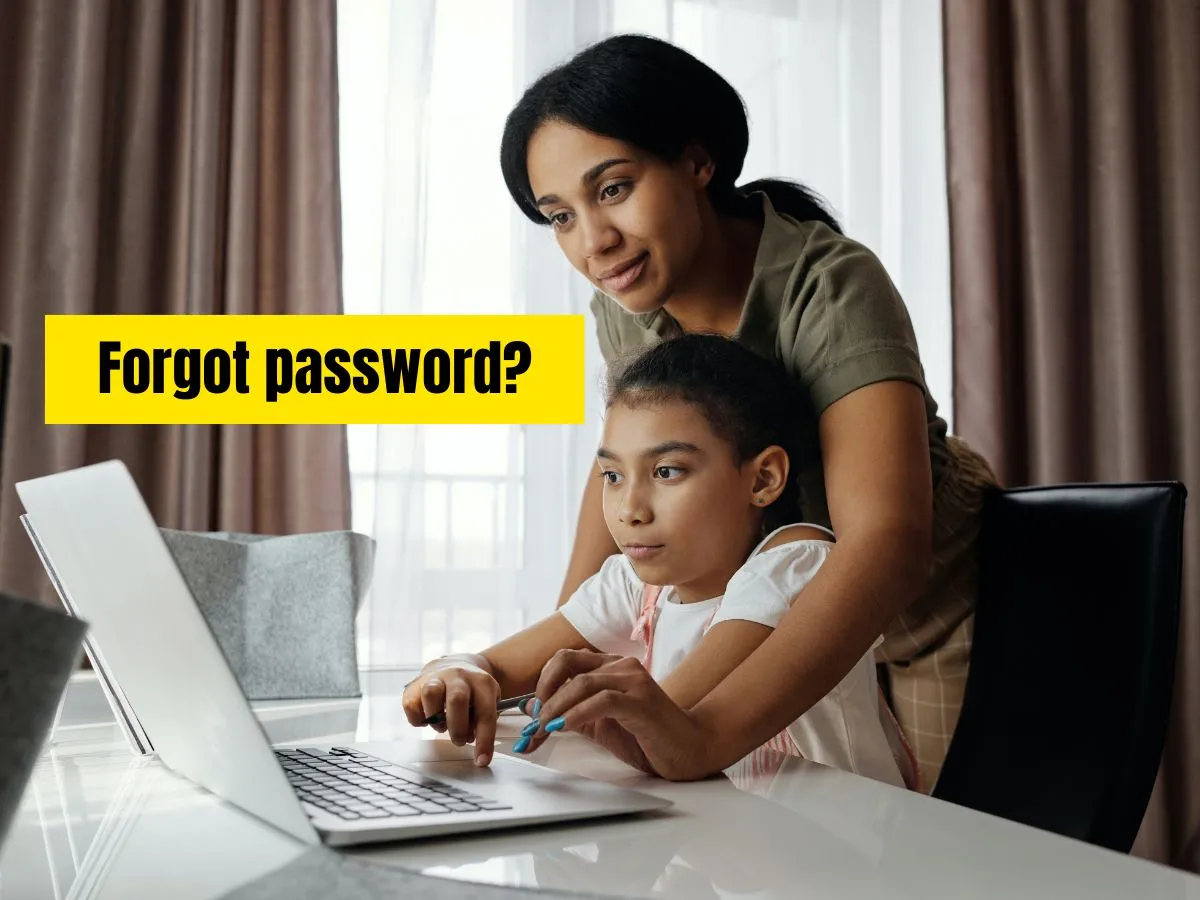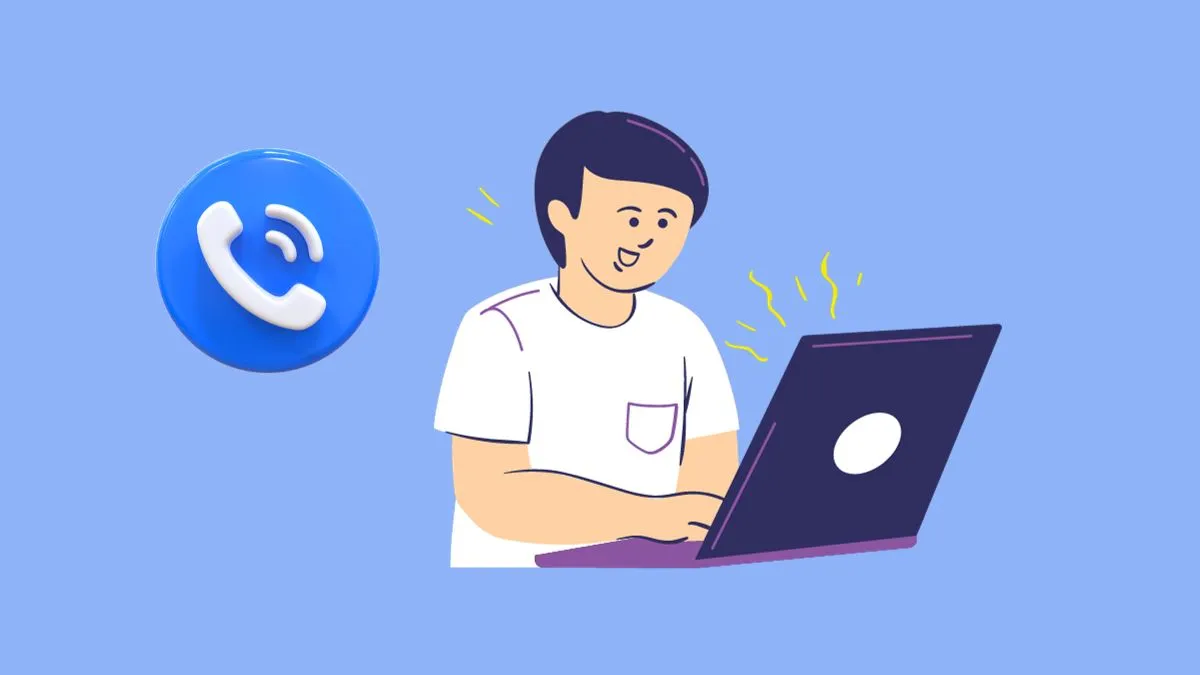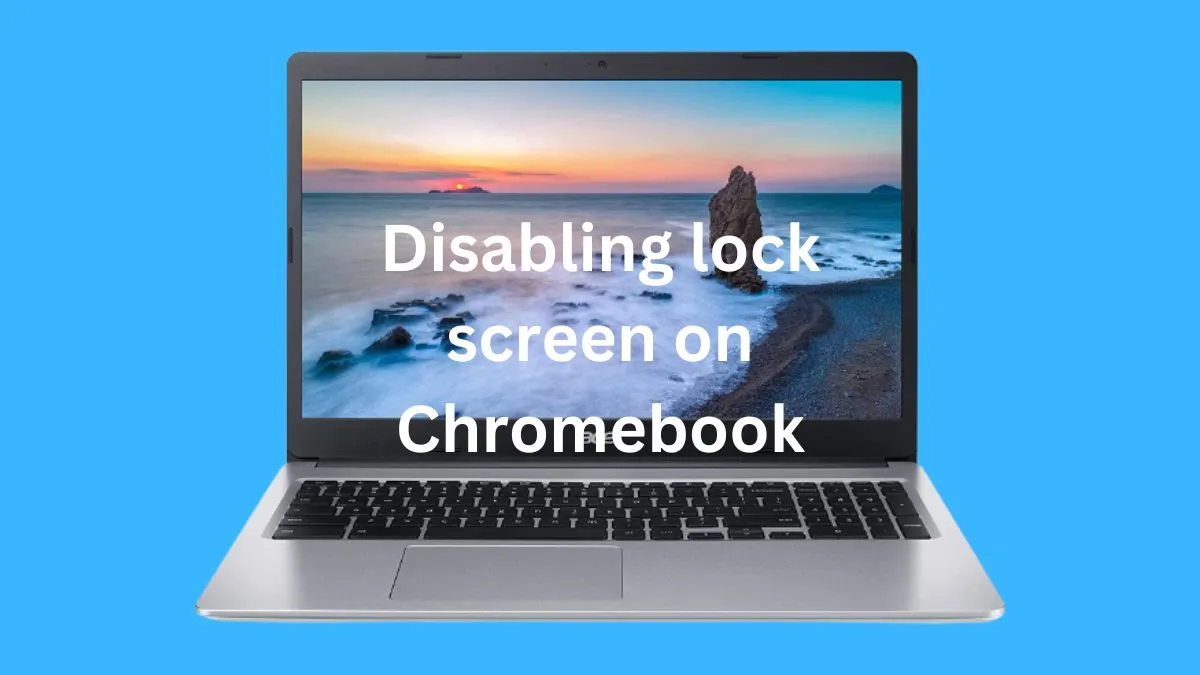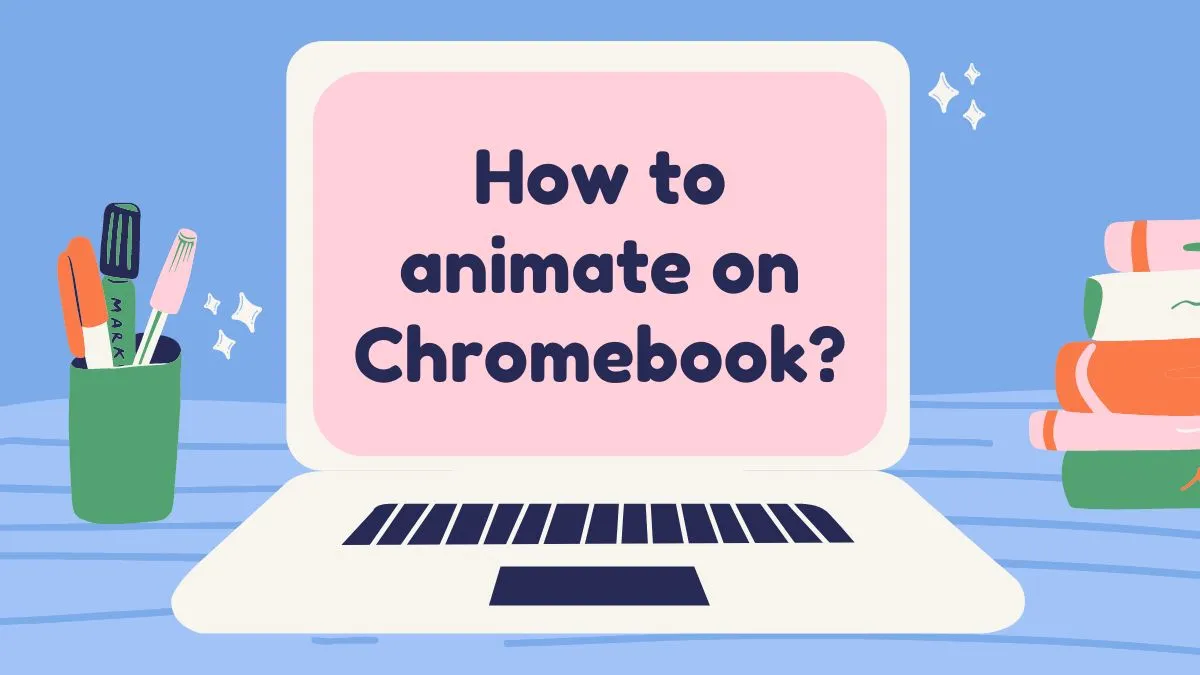USB flash drives are widely used for data transfer and storage. Many users rely on them to transport information from one device to another, or even keep large files on an external drive. It can be a major inconvenience when they don’t show up on a Chromebook.
This article will discuss the potential causes for a USB device not showing up on Chromebooks, as well as potential solutions and preventative measures. It will also provide tips for keeping USB devices working with your Chromebook in the future.
Why is my USB not showing up on my Chromebook? : Common Reasons
There can be a variety of reasons why your USB device might not be showing up on your Chromebook. Some common causes include incompatible file systems, power settings, and device drivers.
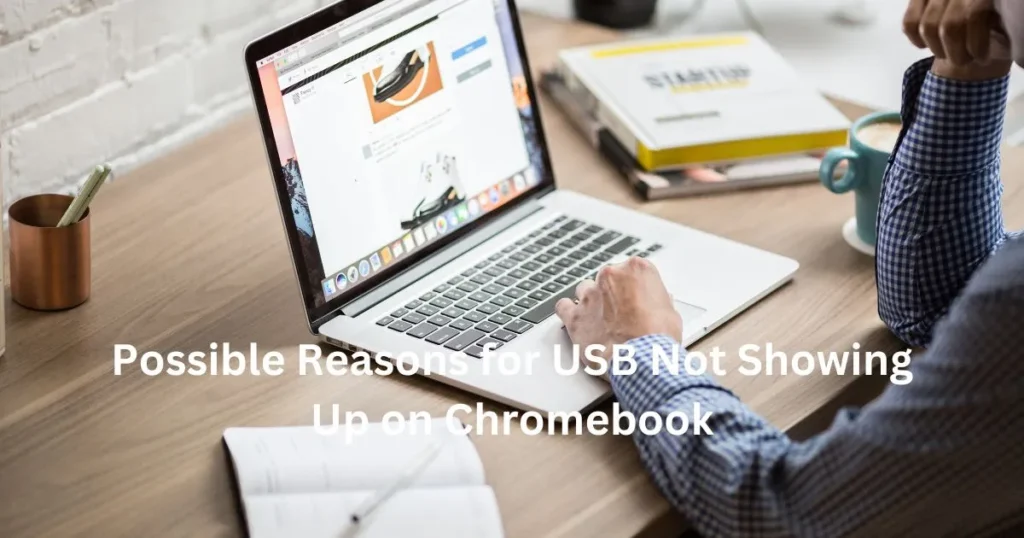
File Systems:
Different file systems used by different operating systems may cause issues with a USB drive not showing up on your Chromebook.
A Windows or Mac computer will typically use NTFS or FAT32, while Chromebooks use the Chrome OS file system.
It can cause problems when you plug a USB drive into your Chromebook that was formatted with NTFS or FAT32.
Power Settings:
If your USB device is not showing up on your Chromebook, it could be due to an issue with power settings.
Most USB devices require enough power to run properly, and if your Chromebook is not providing enough power, it may lead to issues.
To check if this is the issue, you can try connecting your USB device to another power source or using a powered USB hub.
Device Drivers:
Device drivers are pieces of software that allow your computer to communicate with hardware devices connected to it.
If there is an issue with the device drivers, your USB device may not show up on your Chromebook. To check if this is the case, you can try updating or reinstalling the device drivers for your USB device.
Potential Solutions for USB Not Showing Up on Chromebook:
If you are having issues with a USB device not showing up on your Chromebook, there are a few potential solutions that may help.
These include reformatting the USB drive, resetting the power settings, and updating device drivers.
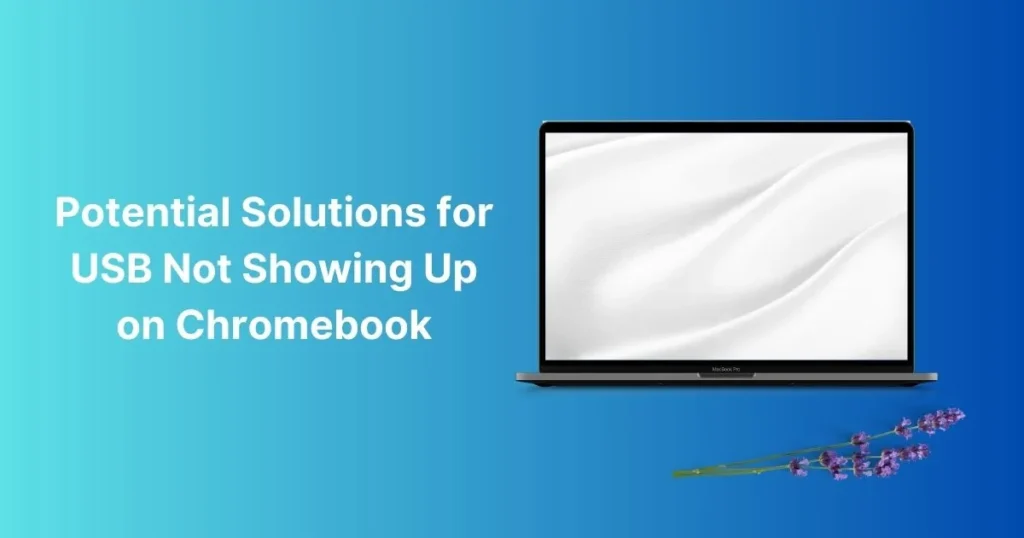
Reformatting the USB Drive:
One potential solution is to reformat the USB drive to match the file system used by your Chromebook. To do this, you will need to connect the drive to a computer and use an appropriate formatting tool.
Resetting Power Settings:
If the power settings on your Chromebook are causing issues, you can try resetting them. To do this, open the settings menu and click on “Power”. Then, select the option to reset the power settings.
Updating Device Drivers:
If the issue is with the device drivers, you can try updating or reinstalling them. To do this, open the settings menu and go to “Device Manager”. Then, select your USB device and click on “Update Driver” or “Reinstall Driver”.
Tips for preventing USB issues with Chromebooks in future:
In order to avoid having issues with your USB devices not showing up on a Chromebook, it is important to take certain preventative measures.
Some tips for preventing USB issues with Chromebooks include using compatible file systems, ensuring your USB device has enough power, and regularly updating/reinstalling device drivers.

Make sure the File System is compatible:
When using a USB drive with your Chromebook, it is important to make sure that the file system is compatible.
To ensure compatibility, you should format the drive to use the Chrome OS file system before plugging it into your Chromebook.
Make sure USB has enough Power:
As mentioned above, most USB devices require enough power to run properly. To make sure your USB device has enough power, you can try connecting it to a powered USB hub or an alternate power source.
Keep your Device Drivers up-to-date:
It is also important to keep your device drivers up-to-date in order to prevent issues with your USB devices. You should regularly check for updates and reinstall the device drivers if necessary.
How do I find my USB drive on my Chromebook?
If your USB device is still not showing up on your Chromebook, you can try to locate it using the “Files” app.
To do this, open the Files app and look for an option that says “External Storage”. If you see it, click on it to display any connected USB devices.
Final Words:
USB devices are an essential tool for many users, so it can be very frustrating when they don’t work with your Chromebook.
Fortunately, there are a few potential solutions and preventative measures you can take to ensure that your USB devices continue to work properly.
By making sure the file systems match, ensuring your device has enough power, and regularly updating/reinstalling device drivers, you can keep your USBs working with your Chromebooks.
With these steps in mind, you can be sure that your data transfer and storage needs are met without any issues.
With the right knowledge and troubleshooting techniques, there is no reason why you cannot use a USB device with your Chromebook successfully.
So don’t give up – if you are having trouble getting your USB device to show up on a Chromebook, follow the steps outlined in this article and you should have success. Good luck!
FAQs
How do I force a USB to recognize?
In order to force a USB device to recognize, you can try reformatting the drive, resetting the power settings, and updating/reinstalling the device drivers.
What file systems are compatible with Chromebooks?
The Chrome OS file system is the only one that is compatible with Chromebooks. Other operating systems such as Windows or Mac computers typically use NTFS or FAT32 file systems.
How do I enable USB stick?
To enable a USB stick, go to settings menu and click on “Power”. Then, select the option to reset the power settings. This should enable your USB stick.
How does a power USB hub work?
A powered USB hub is designed to provide additional power to USB devices. This can be useful if your Chromebook is not providing enough power for the connected device.
The hub will draw power from a wall outlet or other source and then distribute it to multiple USB devices at once. This allows you to connect more than one USB device without having issues with insufficient power.
Sorry your external storage device could not be recognized Chromebook?
If your Chromebook is unable to recognize an external storage device, it could be due to an issue with the device drivers. To check this, open the settings menu and go to “Device Manager”.
Then, select your USB device and click on “Update Driver” or “Reinstall Driver”. If that doesn’t work, you can also try reformatting the drive to match the Chrome OS file system.
How do I fix USB ports not recognizing devices?
If your USB ports are not recognizing devices, there could be a few potential causes. Some things to check include making sure the device is compatible with your computer, ensuring that the power settings are not causing issues, and updating or reinstalling device drivers.
Additionally, if you have multiple USB ports, try connecting the device to a different port. If none of these steps work, it is possible that the USB ports themselves may be damaged and need to be replaced.
